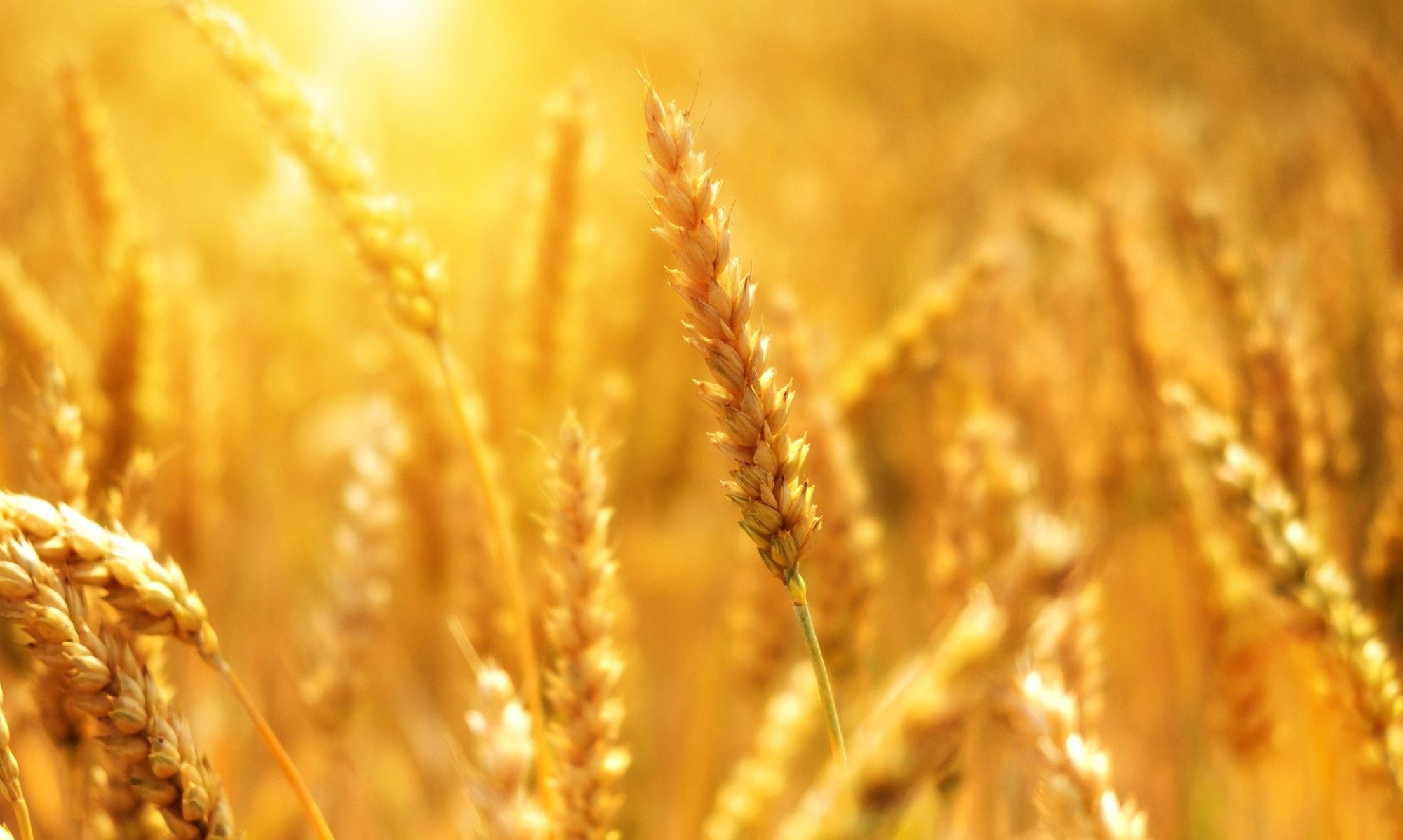DIPOL.iot
In recent years, Internet of Things (IoT) grew from conceptual idea into an information technology megatrend. The IoT employs a network of physical objects instrumented with embedded electronics/computers, sensors, software and networking connectivity thus enabling these objects of interest to be sensed and controlled from distance [1,2]. IoT technology relies on variety of sensors responsible for creation and acquisition of data, networks responsible for communications and data transmission, data integration platforms responsible for aggregation of data (storage, preparations, calculations), augmented intelligence based on data analytics and decision support systems, and subsystems for augmented behavior (visualization of new knowledge for end users, actuators, etc) [3]. IoT closely interleaved with other ICT megatrends such as Cloud computing, Big Data, Mobile, and even Social Media.

With respect to agriculture and food production IoT is gaining focus as a key technology enabler. The state-of-the-art includes: a) precision agriculture and smart farming, b) food tracking/tracing, safety and quality, c) smart food processing and manufacturing, and d) smart food awareness [4]. Main developments in this area are taking place, especially with respect to integration of existing IoT solutions with open IoT architectures, platforms and standards; scaling-up the usage of interoperable IoT technologies to include wide range of farmers and food companies; and to enhance IoT technologies to enable their usage in wider range of climate conditions, crops, and soil types.

DIPOL.ai
The application of artificial intelligence (AI) techniques and machine learning for solving optimization and forecasting problems has been increasing exponentially in the last decade [5]. In order to make these techniques useful, the data must be properly processed and analyzed to ensure usefulness of the learning process. AI and machine learning combined with big data technologies have created interesting opportunities in the agricultural-technological domain [6].

DIPOL.focus
The DIPOL project focuses on two current developments in this field – Smart farming and Tracking and Tracing of food products. Closely related developments in this field are food safety and quality management, as well as consumer food awareness.
References
- Evans, D. (2011). The Internet of Things: How the Next Evolution Is Changing Everything, Cisco White paper.
- Höller at al. (2014). From Machine-to-Machine to the Internet of Things: Introduction to a NewAge of Intelligence, 1st ed., Elsevier.
- Popović T. et al. (2017). Computers and electronics in Agriculture 140(2017) pg. 255-265.
- Sundmaeker, H. et al. (2016). Internet of Food and Farm 2020. 129-151.
- Condie, T. et al. (2013, April). Machine learning on big data. In Data Engineering (ICDE), 2013 IEEE 29th International Conference on (pp. 1242-1244). IEEE.
- Liakos, K. et al. (2018). Machine learning in agriculture: A review. Sensors, 18(8), 2674.
- H2020 project TagItSmart! [link]
- TagItWine project [link]

